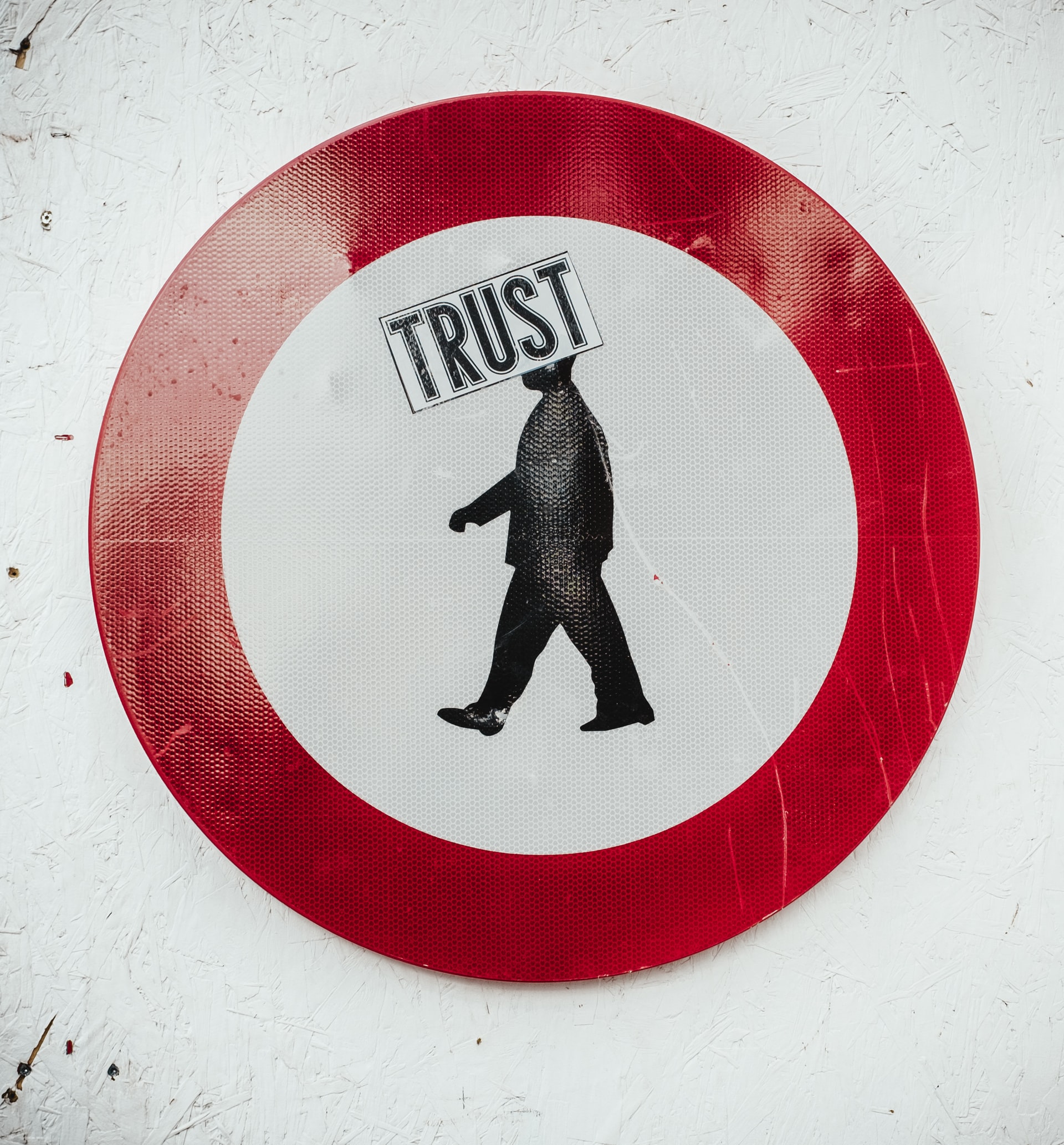Website Security: 5 Red Flags of an Unsafe Website
Living in the 21st century, we take care of our devices more than our bodies. And why not? All our valuable data is stored on our devices, and it is pivotal for us to take extreme caution while browsing the internet. However, it’s not always easy to detect unsafe websites that have the potential to steal our data. This blog post will help you spot red flags the very instant you jump on an unsafe website.
Quick Links
Along with spotting red flags, you will also learn three easy ways to protect your devices from cyberpunks. After all, some safe-looking websites are designed in such a way that we miss the explicit red flags and fall into the traps laid by the website owners. Let’s dive in.
Red Flag No. 1- No SSL Certificate
Just like you look at a stranger’s ID before letting them in your house/office, you must check this certificate when visiting a website. Confused about how to locate it? Just like people hang their IDs in their neck or stick them to their shirt pockets, a website has this certificate right along with its domain name. If you see a padlock symbol on the left-hand side of the URL at the top of your browser, you can feel assured that your connection is safe and your information (passwords, data, etc.) is privately sent to this website when entered.
Still not sure? The other sign of the presence of an SSL certificate is in the domain. Carefully check out if the site link begins with “HTTPS” or “HTTP”. If the former appears, then you are safe. And if the latter appears, then you should take an about-turn!
The purpose of an SSL certificate is essentially to encrypt your sensitive information such as your bank details and your email addresses. Without this certificate, your data might be at risk of being exposed to cybercriminals.
Red Flag No. 2- Missing Trust Seals
Now you might be thinking, how do we trust the SSL certificate? This is where the trust seal comes to play. To check the authenticity of the SSL certificate legitimate websites will have a certificate of authentication, or you might call it a trust seal on the header and footer of their websites. This assures you that the site is safe to be used to share sensitive information. You might notice that the trust seal will be from accredited internet security bodies like Norton, McAfee, and Trustwave.
However, in a world where people can present fake passports and IDs, you need to be wary of fraudulent websites that might deceive you with quite authentic-looking trust seals. Check the authenticity of the trust seal by clicking on the seal which should take you to another website that explains the accreditation.
Red Flag No. 3- Vague Contact Details
When you buy from a new website or even from a known valid source, you expect to have some kind of contact information that can be used in times when you’re unsatisfied with the quality of the purchase or experience. However, if you are not readily presented with valid contact information, you must change your decision to interact with that site.
That is if you do not find credible contact information on every page of the website with a clear mention of email address, phone number, social media handles, or sometimes physical addresses, you know what to do.
Red Flag No. 4- Explicit presence of common malware indicators
Be on the lookout for these common malware indicators as well:
- Phishing Kits: Do not fill in your sensitive information without reading the details properly. Some sites look like safe sites, but they are to trick you into handing over your personal information. To check their authenticity, the easiest way is to pay close attention to their grammar. If you find grammatical errors and weird spelling mistakes, you know that the site is malicious. In other cases, you might be redirected to other sites or see too many ads. These are indicators of a shady website.
- Suspicious pop-ups: Pop-ups are one of the quickest indicators of site malware. If the pop-ups have pompous claims that try to tempt you to fill in your sensitive information, stop and take a U-turn right away!
Red Flag No. 5- Poor Customer Review
The easiest way to check if a business website is legitimate is to look for customer feedback and reviews.
Poor or negative experiences shared by past customers or users of the website may indicate that it’s better to not engage with that website. On the other hand, if you see many positive reviews, it’s likely that the website is legit.
This was about the five common red flags that will help you protect your sensitive information. Besides, stay up to date against web-based threats and review your own business website frequently to resolve any red flags. After all, your business must have adequate cybersecurity.
Now, let’s see three easy ways to protect your devices and information from malware and cybercrime.
3 tools to help you browse safely
#1 SSL Certificate checker
Although this post has made you aware of how to check the authenticity of an SSL certificate, if you wish to remain on the safer side, you can use an SSL certificate software (like The SSL Store or SSLChecker) that will further ensure your safety. Plus, with such a tool, you can also obtain an SSL for your own website design and development.
#2 VPN software
To secure yourself from local threats even after checking all the red flags, you should get a VPN (Virtual Private Network) for your devices. It is especially necessary if you’re frequently using public Wi-Fi which makes your device vulnerable to hackers on the same network.
#3 Anti-malware software and Antu-virus software
This one goes without saying. It’s always a good idea to invest in reputed anti-malware and anti-virus software that will protect you from threats. Regular scanning with such software helps in the early detection and removal of bugs from your devices. Such software also prevents you from accessing unsafe websites automatically.
Use these tools and browse safely. Besides, to give an extra protective layer to your sensitive information check out how data encryption can help your business.
Become an Aware Internet User
Now you know how to protect your devices and sensitive information while browsing online. You also know what red flags to look for in a website. Happy browsing!
Author Bio
Hazel Raoult is a freelance marketing writer and works with PRmention. She has 6+ years of experience in writing about business, entrepreneurship, marketing and all things SaaS. Hazel loves to split her time between writing, editing, and hanging out with her family.
How to Make Your Food Blog Irresistibly Yummy for Google Rankings?
SEO strategy is at the core of any successful blog. It is even more critical in densely populated…
0 Comments11 Minutes
How SEO Company Boosts Your Online Presence?
The web jungle is immense with hundreds and thousands of new websites cropping up every day! It is…
0 Comments6 Minutes
Keyword Research Strategies: Opportunities for SEO Success
Consider wanting to sell ice cream. You arrange your ice cream stand, but how can you tell people…
0 Comments10 Minutes
Optimizing Marketing Automation with Dynamics 365: Essential Keywords and Strategies
For organizations aiming to hold their ground and reach out to their audience effectively,…
0 Comments9 Minutes
Understanding AI, Machine Learning, and AIML: A Comprehensive Overview
We are all aware of the phrase: “Change is Constant!” It means nothing is permanent except…
0 Comments7 Minutes
What are the Cybersecurity Best Practices to Safeguard Your Digital Assets
One could say that cybersecurity is not anymore, an added luxury – it has become a necessity. Due…
0 Comments8 Minutes
8 Ways Visual Content Enhances the User Experience on Your E-commerce Website
When it comes to e-commerce, first impressions are everything. Your website is usually the first…
0 Comments7 Minutes
How to Find and Fix Orphan Pages in SEO
Orphan pages are the web pages which are not linked to any other web page of the specific site and…
0 Comments9 Minutes








